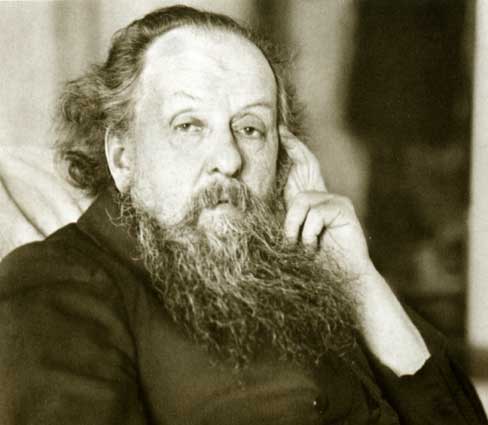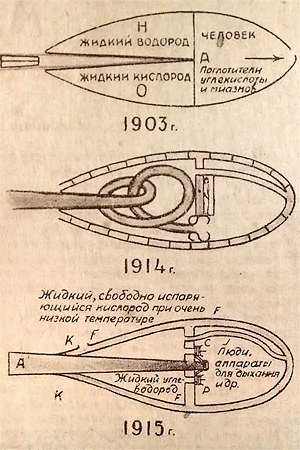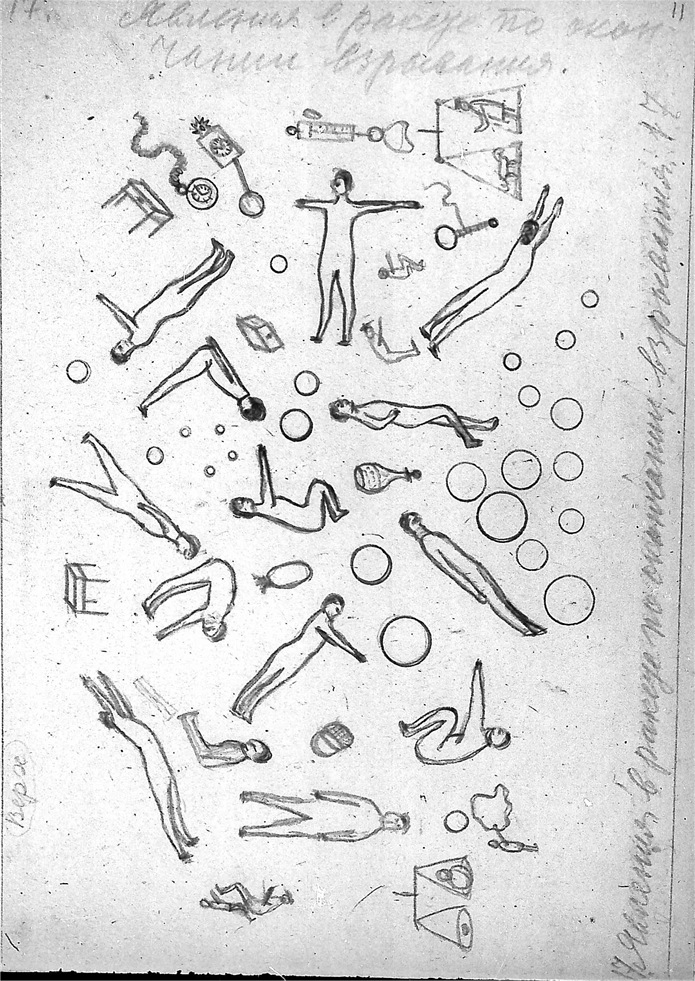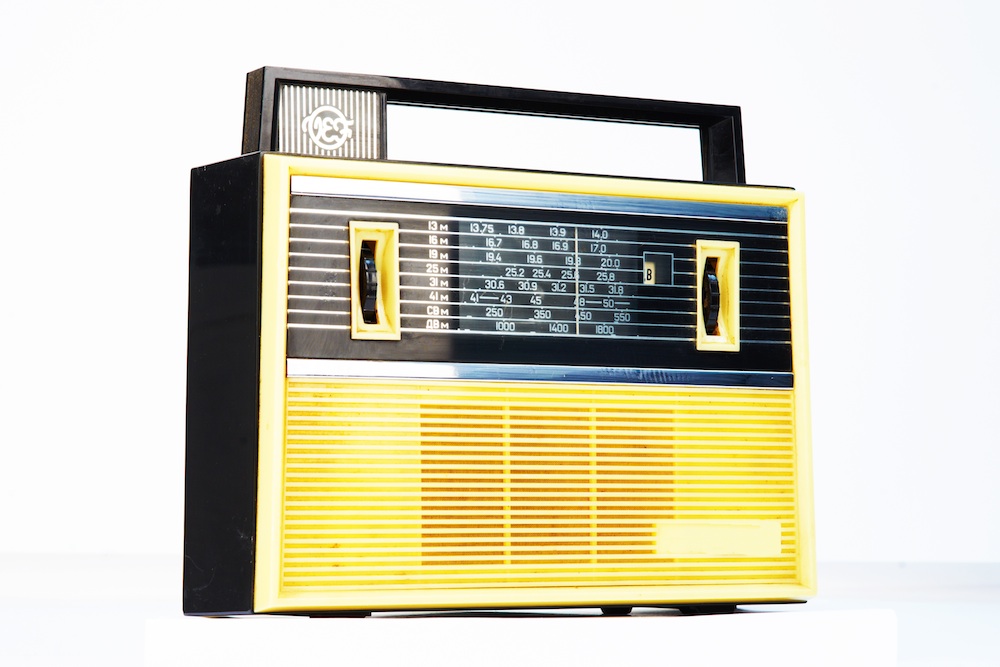Retro boosters: past, present and future intertwine in the new space race

Russian space agency Roscosmos is looking beyond recent high-profile failures with a new long-term development strategy. But it can't quite shake off the past, argues Olga Shvarova
The rocket lasted less than a minute before it crashed to earth in flames. That it was in July. Yesterday, 17 September, the launch of Russia’s revolutionary new liquid-propellant Proton-M rocket was yet again delayed, after engineers discovered a fault in the first stage. It seems as if Russia might no longer be capable of managing a hi-tech space industry. The possible reasons are obvious: outdated Soviet equipment and infrastructure, and the loss of qualified engineers to migration. To tackle the need for structural reform and increased funding, Roscosmos, the Russian Federal Agency, submitted a long-term plan to the government in March, which was ultimately approved. But, although the plan is designed to save the future of Russian space exploration, it leans heavily on the past.
Readers of the strategy, which runs up to 2030, may well be struck by a sense of déjà vu: many of the goals mentioned are targets that the Soviet Union failed to achieve at the glorious height of its space programme, such as the launch of a mission to Mars and a manned flight around the moon. Not trivial tasks in themselves, it’s true, but hardly breaking news either. NASA has already accomplished both: Roscosmos hurrying to catch up with the American agency is far from inspiring.
The unsuccesful launch of the Proton-M rocket in July
There are reasons to get excited, however: plans are afoot for an even more experimental engine — a nuclear, electric ion propulsion device capable of supporting interplanetary missions. Although this is another idea from the Sixties (it was first suggested by Soviet space scientists, Mstislav Keldysh, Igor Kurchatov and Sergei Korolev), it’s never been pulled off on a manned vehicle, and if successful, it could put Russia in the lead in a rebooted space race. In conjunction with plans for cargo vehicles, geosynchronous satellites or manned spacecraft shuttling between Earth and lunar orbit, which suggest a renewed interest in lunar exploration, it seems as if Russia is in actual fact regaining it’s cosmic confidence.
The Russian desire to explore, exploit and ultimately populate the solar system is not at all a modern feature, or even a Soviet one, but rather predates the space exploration industry it inspired. At the root of it lies a fascinating and often bizarre philosophical movement called cosmism, popular with Russian scientists at the beginning of the 20th century.
“Tsiolkovsky introduced the philosophy of panpsychism, a sinister form of anthropocentric perfectionism with a eugenic streak”
Cosmism was a remarkable amalgamation of materialism with the elements of classical ethics, Orthodox Christianity and the Eastern spiritual tradition, and was used by the popular writers of the time to create an image of a universal proletarian — a tribute to physical labour, technical progress and the collective power of the mankind. Ideas related to cosmism can be found in the works of the most prominent Russian philosophers and writers of the early Soviet period, like geochemist Vladimir Vernadksy, philosophers Vladimir Solovyov and Nikolai Berdyaev, and writer Andrei Platonov, all of whom channeled the transhumanist ideals of cosmism. Konstantin Tsiolkovsky, the father of the Soviet space programme, was no exception.
Tsiolkovsky (1857-1935) is a remarkable figure: a self-taught physicist, early proponent of space exploration and a pioneer of astronautic theory and rocket science, he was obsessed with the idea of the universal principles of life; he invented combustible fuels, steering thrusters and gas rudders, multistage boosters, airlocks and closed-cycle biological systems, all of which were later used in Soviet design spacecraft. The contribution of Tsiolkovsky to the space industry was so great that one of the largest lunar craters (the most prominent feature in the southern hemisphere of the Moon) was named after him.
However, Tsiolkovsky’s interests did not lie just in the fields of engineering and rocket design; he was also interested in social reform. In 1928 he published a book called The Unknown Intelligence in which he argued that humans would colonise our galaxy and introduce the philosophy of panpsychism, a sinister form of anthropocentric perfectionism with a eugenic streak. Tsiolkovsky believed that atoms have their own form of intelligence and that if all the lower forms of life were eliminated, then the suffering of the “human, higher atoms” would be lessened, as they would not have to go back to the bottom of the pyramid of existence but would be reused again in the highest form of matter — humans. To achieve this, Tsiolkovsky suggested sterilising all fauna and aquatic life, and most of the flora on Earth, leaving only those plants necessary for nutrition. His plans did not stop there, but embraced the full extent of eugenics: he proposed using the same remedy to eliminate all “imperfect” members of humankind, so that only the best, healthiest and most intelligent people would be allowed to reproduce. Their offspring would then go on to create a higher caste of Nietzschean Übermenschen and, ultimately, reach the much longed-for goal of immortality.
“As seems customary in Russian history, the darkest ambitions have the most lasting results”
While it is comforting that the paradoxical and controversial ethics underlying his philosophy were not popular even in the 1920s, there is no denying that the modern space industry was born out of this theoretical search for a home for a hypothetical perfect, muscle-bound, immortal, expansionist Über-proletarian. As seems customary in Russian history, the darkest ambitions have the most lasting results: the Soviet space program has survived all political changes and now, reborn as Roscosmos, it is blowing the dust off old five-year plans.
The sinister side of cosmism never fully disappeared either: the memory of the cruelty and blatantly chimerical traits of the early space flights fostered numerous myths surrounding Soviet space program. There is, for instance, the compelling conspiracy theory of the “Lost Cosmonauts”, who were shot out into outer space or sent on test flights without a life support system. Even though no hard evidence was provided to prove these stories true, the rumours persist, fuelled by the Soviet state’s notorious disregard for human safety. Some of these rumours are imaginatively reworked in cult author Viktor Pelevin’s 1992 novel Omon Ra, which describes the Soviet space flights as homicidal fake propaganda and suggests that Lunokhod, the remote-controlled moon rover, was in fact manned by a cosmonaut on a suicide mission.
With this in mind, the new Roscosmos propulsion system could be seen as alarmingly ambitious. Though the times no longer allow for breaches of safety rules or elaborate cover-ups, one can easily picture the Russian president responding to a tragedy by shrugging his shoulders at the press and saying simply, “It fell,” (echoing his laconic explanation of the Kursk submarine disaster — “It sank”), with the special effects team inserting some burning Siberian forest into the background. But if we can be optimistic about the power of innovation, inspiration, and national pride, and provided these old plans will be granted new budgets, by 2030 Russia might well be sending probes (manned or unmanned) to Mars, Jupiter and Venus, and venturing to establish a series of bases on the Moon. Tsiolkovsky crater would be the perfect starting point.





